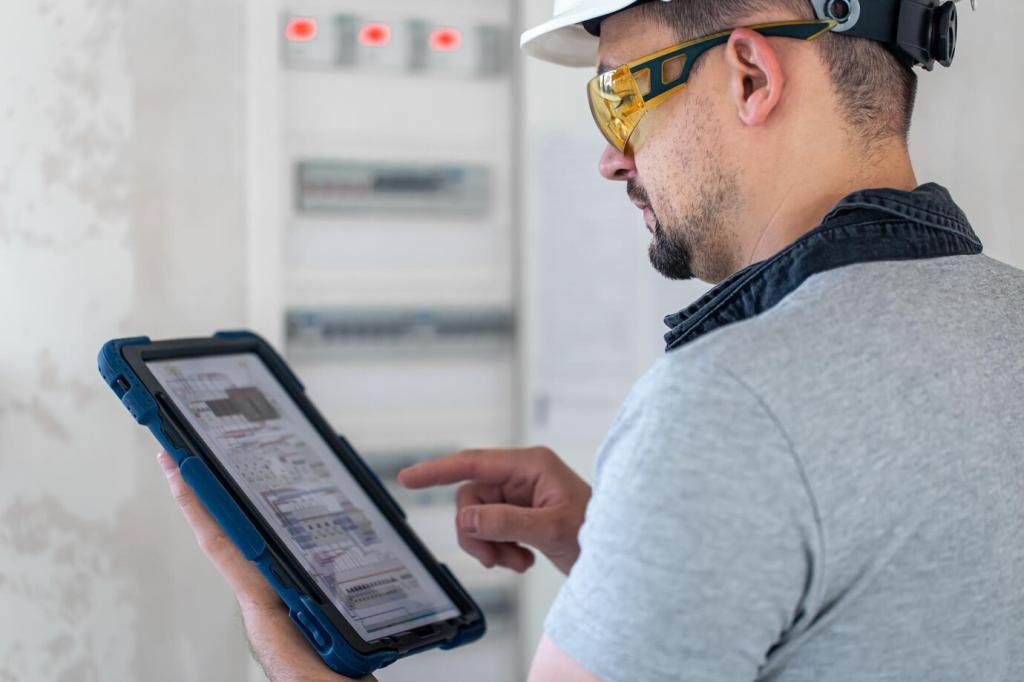Everyday Use: Convenience Without Compromise
Hide your steel safe behind a normal action—sliding a basket, opening a bookcase door—so routine movement never raises eyebrows. Aim for a ten-second rule: secure, but fast under stress. One reader, Maya, mounted hers behind a swing-out file panel and retrieved passports during a blackout in moments.
Everyday Use: Convenience Without Compromise
Discretion is a location feature. Use soft-close hardware, magnetic latches, and felt pads. Schedule openings during ordinary household noise. Avoid fixed routines visible from windows. If your safe location encourages quiet, natural movement, you’ll use it more—and protect valuables without broadcasting habits to passersby.
Everyday Use: Convenience Without Compromise
A perfect location fails if codes are shared loosely. Teach kids boundaries, rotate combinations, and avoid writing credentials near the safe. Run a short, calm drill so trusted adults can access quickly. Drop a comment with your best memory technique that keeps codes secure yet genuinely recallable.









